The Museum of Icelandic Sorcery and Witchcraft Travel Guide

The Museum of Icelandic Sorcery and Witchcraft, or "Galdrasýningin á Ströndum" in Icelandic, is an exhibition dedicated to the mystical world of Icelandic traditions located in the town of Holmavik in the remote Westfjords. It offers an in-depth exploration of sorcery and witchcraft in Iceland, and its exhibits explore the historical context of magic in Iceland, showcasing rare artifacts, spells, and rituals.
This unique Witchcraft and Sorcery museum educates visitors on the historical use of magic in daily life in 17th-century Iceland and its impact on Icelandic society. It brings to life the captivating stories and legends of sorcerers and witches. Through a carefully curated collection, including magical staves, runes, and other mystical objects, guests gain an understanding of a time when the belief in magic played a significant role.
Travelers can check out the Museum of Icelandic Sorcery and Witchcraft when visiting the Westfjords. It's a beautiful area for self-drive tours with a rental car or for special Westfjord tours from Reykjavik for those who prefer to skip the drive. You'll also find plenty of Westfjord accommodation options in the vicinity to enhance your experience.
Witchcraft in Iceland
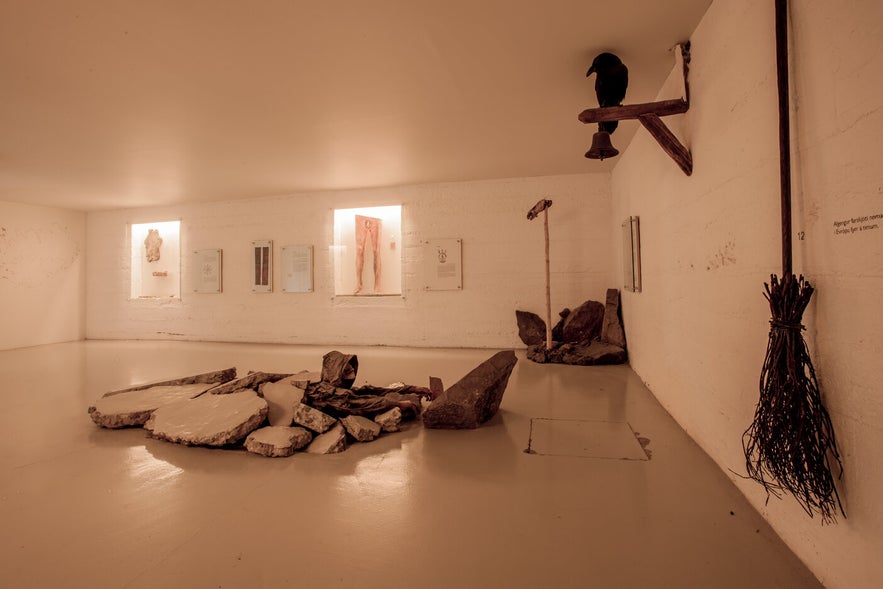 Witchcraft in Iceland has a rich and complex history, deeply intertwined with the nation's folklore and cultural traditions. During the 17th century, a period marked by witch hunts similar to those in other parts of Europe, Iceland experienced its wave of trials and persecutions.
Witchcraft in Iceland has a rich and complex history, deeply intertwined with the nation's folklore and cultural traditions. During the 17th century, a period marked by witch hunts similar to those in other parts of Europe, Iceland experienced its wave of trials and persecutions.
Unlike in most other countries, however, this campaign largely targeted men. Throughout the 17th century, 170 people were accused of witchcraft, including 17 women. Of this group, 20 men and one woman were found guilty and sentenced to burn for their alleged crimes.
This dark chapter reflects the broader societal fears and superstitions of the time. However, Icelandic witchcraft also encompasses a more nuanced legacy of magical practices known as "galdur." These practices, rooted in ancient Norse mythology and paganism, included using runes to protect, heal, and influence the natural world.
Unlike the darker aspects associated with witch hunts, galdur, and other folkloric traditions reveal a deep connection between the Icelandic people and their environment, showcasing respect and reverence for the powers of nature. It highlights the enduring fascination and respect for the mystical and the magical in Icelandic culture.
The Museum of Icelandic Sorcery and Witchcraft Features and Exhibits

The Museum of Icelandic Sorcery and Witchcraft opened in the year 2000 and boasts approximately 11,000 visitors annually. It presents an interesting journey into the mystical past of Iceland, focusing on the intriguing and sometimes dark history of witchcraft and sorcery in the country.
Upon entry, visitors receive an information booklet available in their chosen language. This booklet guides guests through the museum, ensuring a comprehensive understanding of each display.
One of the museum's most startling exhibits is the necropants, a replica of pants made from human skin that is said to bring wealth to those who dare to wear them. Based on a grim Icelandic legend, this exhibit captures the imagination and provides insight into the lengths some would go for fortune.
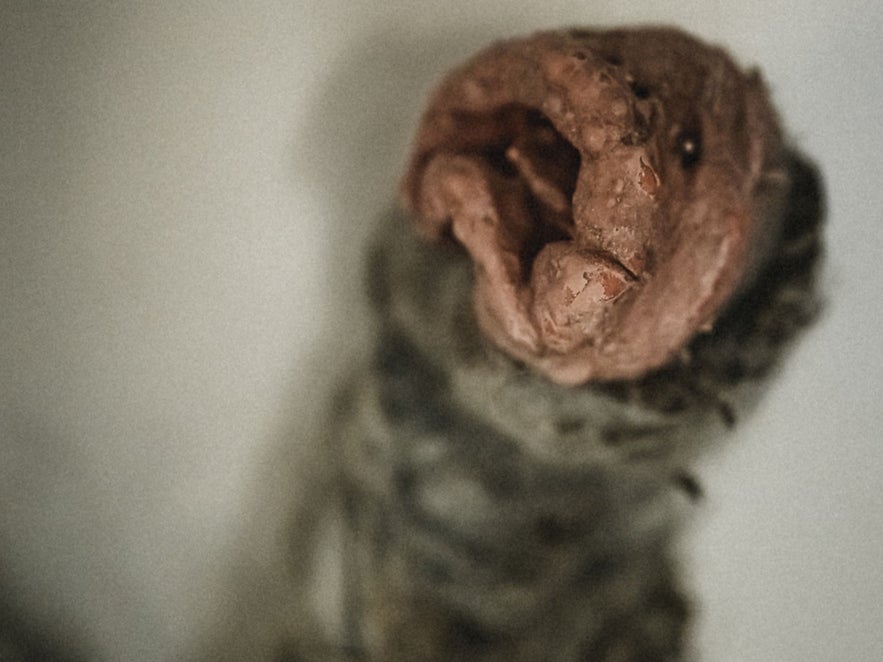 The Tilberi, an infamous creature of Icelandic folklore, is another highlight. Created through a complex spell to steal milk and wreak havoc, the exhibit about this milk-sucking demon provides a fascinating insight into myth and the everyday life of Icelanders in the past.Adding to the museum's eerie atmosphere is the zombie in the center of the exhibition area, which vividly brings to life the ancient Icelandic tales of the undead. The zombie offers a creepy insight into the country's sorcerous heritage.
The Tilberi, an infamous creature of Icelandic folklore, is another highlight. Created through a complex spell to steal milk and wreak havoc, the exhibit about this milk-sucking demon provides a fascinating insight into myth and the everyday life of Icelanders in the past.Adding to the museum's eerie atmosphere is the zombie in the center of the exhibition area, which vividly brings to life the ancient Icelandic tales of the undead. The zombie offers a creepy insight into the country's sorcerous heritage.
The second floor delves into the personal stories of those accused of witchcraft, exploring their familial connections and the societal impact of their trials. It presents a thought-provoking look at a lesser-known aspect of Icelandic history.
The Sorcerer's Cottage
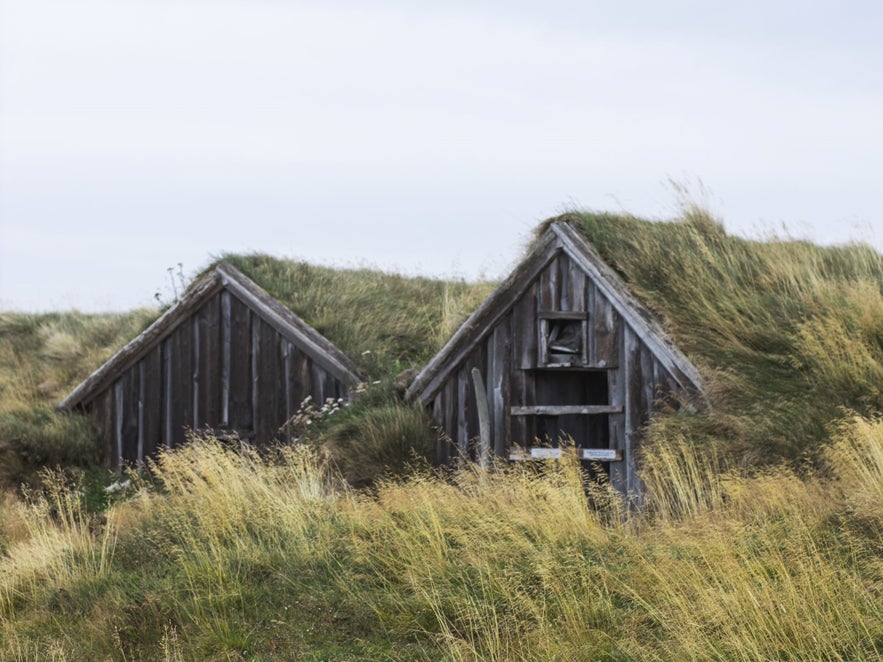 The Sorcerer's Cottage, located 16.4 miles (26.4 kilometers) northeast of the Sorcery and Witchcraft Museum, is an intriguing off-site exhibition that's worth the trip for those interested in Icelandic cultural history.
The Sorcerer's Cottage, located 16.4 miles (26.4 kilometers) northeast of the Sorcery and Witchcraft Museum, is an intriguing off-site exhibition that's worth the trip for those interested in Icelandic cultural history.
This part of the museum experience is a reconstruction of a 17th-century Icelandic sorcerer's dwelling, offering visitors a unique glimpse into the daily life and living conditions of those who might have practiced magic in Iceland's past. It highlights the stark reality of sorcery accusations and the survival strategies of individuals in remote Icelandic regions during the witchcraft trials era.
Opening Hours and Museum Amenities
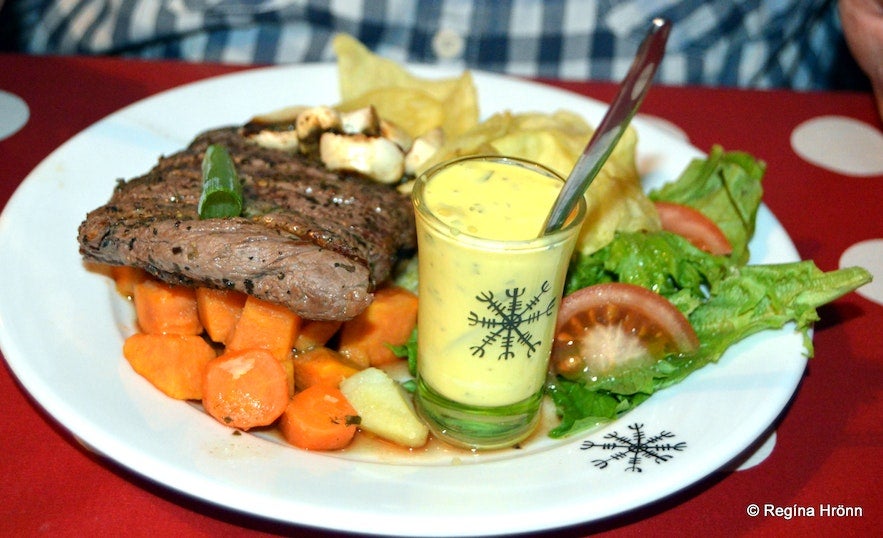
Visitors to the Museum of Icelandic Sorcery and Witchcraft can enjoy extended access during the summer as it's open daily from 10 AM to 6 PM. During winter, the museum welcomes guests from 12 PM to 6 PM on weekdays, and between 1 PM and 6 PM on weekends, providing a warm escape from the chilly outside air.
The museum also features the on-site restaurant Galdur, a charming spot where guests can savor dishes highlighting local ingredients. Choose from options like seafood soups and steak, with some nice vegan options.
The restaurant has a beer, coffee, and wine selection, making it a perfect place to unwind and reflect on the fascinating exhibits. Whether you're stopping by for coffee and cake or a hearty meal, Galdur provides a cozy atmosphere to enhance your museum visit.
How to Get to the Museum of Icelandic Sorcery and Witchcraft
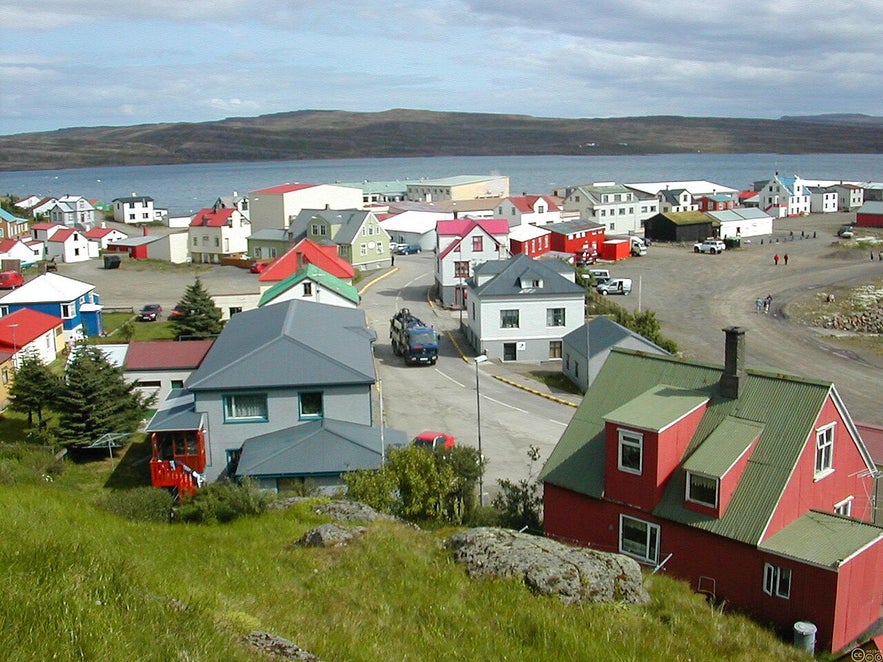
Photo from Wikimedia, Creative Commons, by Nojhan. No edits made.
Those traveling from Reykjavik or Borgarnes should drive north on Ring Road until the turnoff for Road 60, just north of Bifrost University. Follow Road 60 north and then turn right onto Road 61 after Kroksfjardarnes. Continue north before turning right onto Hafnarbraut and driving into Holmavik.
Continue onto Hofdagata, where you'll find the Museum of Icelandic Sorcery and Witchcraft on the right-hand side of the road.
Travelers from Northwest Iceland should follow the Ring Road west before turning right onto Road 68 at the base of the Hrutafjordur fjord. Head north on Road 68, then turn right onto Road 61 toward Holmavik.
The museum is 145 miles (234 kilometers) from Reykjavik and 99 miles (159 kilometers) from Borgarnes.
Attractions Near the Museum of Sorcery and Witchcraft
 In the vicinity of the Museum of Icelandic Sorcery and Witchcraft, the Westfjords region offers a variety of attractions that provide insight into Iceland's rich cultural heritage and stunning natural landscapes. Beyond the museum, visitors can discover the charming town of Holmavik, where you'll find tranquil streets and colorful traditional houses.
In the vicinity of the Museum of Icelandic Sorcery and Witchcraft, the Westfjords region offers a variety of attractions that provide insight into Iceland's rich cultural heritage and stunning natural landscapes. Beyond the museum, visitors can discover the charming town of Holmavik, where you'll find tranquil streets and colorful traditional houses.
For outdoor enthusiasts, the Westfjords are a paradise of dramatic cliffs, serene fjords, and untouched wilderness, like the Dynjandi waterfall and the Hornstrandir nature reserve. The nearby Drangsnes Hot Pots, 20 miles (33 kilometers) from Holmavik, invite visitors to soak in geothermal waters while enjoying spectacular sea views.
Nature lovers will appreciate the abundant birdlife and unique geological formations along the coast, making the area perfect for hiking, bird-watching, and photography. Whether exploring the scenic trails or enjoying the tranquility of rural Iceland, the region surrounding the Museum of Icelandic Sorcery and Witchcraft promises an unforgettable experience for all.
Attractions Nearby
Popular categories

Download Iceland’s biggest travel marketplace to your phone to manage your entire trip in one place
Scan this QR code with your phone camera and press the link that appears to add Iceland’s biggest travel marketplace into your pocket. Enter your phone number or email address to receive an SMS or email with the download link.


















